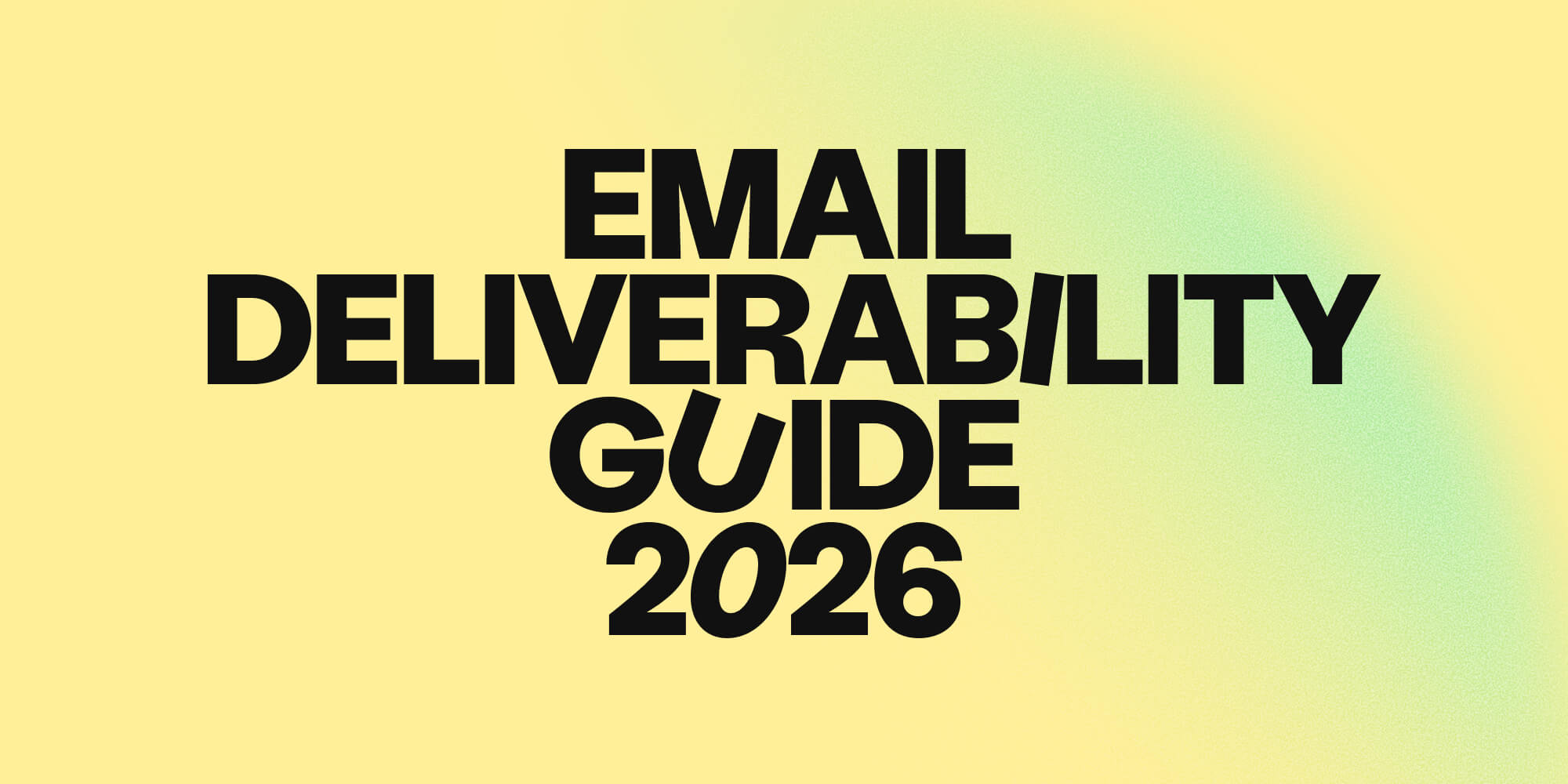How to build your dream sales tech stack
•
July 23, 2024
.jpg)
There’s no universal techstack solution for sales teams. Read on to learn more about common sales tech stack tools, the benefits of having a robust sales stack, and what to look for when investing in tools.
Building your sales tech stack from scratch? Trying to bring order to your tech disorder?
Wherever you are on your tech stack journey, it’s easy to feel overwhelmed by the sheer number of tools to choose from.
But we’ve got your back! Ultimately, there’s no universal techstack solution for sales teams. Each team needs to build a toolkit that fits their go-to-market strategy and helps them deliver to their target audience.
Nevertheless, there are some things you that can help you make the right strategic decisions and keep your return on investment (ROI) in the green.
Read on to learn more about common sales tech stack tools, the benefits of having a robust sales stack, and what to look for when investing in tools.
What is a sales tech stack?
A sales tech stack is a collection of software tools and technologies with which you build pipeline and sell.
Think of it as a toolkit that helps your sales team manage leads, engage with prospects, track interactions, and ultimately drive revenue growth.
Each tool in the stack has a specific function, but when integrated properly, they work together to create seamless processes for your reps.
Of course, there is such a thing as a bad sales stack. When tools don’t work as they should or fail to connect with each other, you’ll find extra friction added to your workflows.
This can cause major frustration for your team by eating into their valuable work time and making it harder for them to hit your sales targets. When you purchase tools you expect them to help - not hinder - your reps, and you don’t want to feel like that investment is going to waste!
The benefits of having an optimized sales stack
Equipping your team with the right tools can completely transform their performance.
Here are some of the reasons a robust tech stack can help you raise the bar:
Streamlined communication
Integrating all your tools into a unified hub means your sales team can easily switch between platforms without any awkwardness.
This not only saves time but also keeps all your collaborative efforts centralized, making it easier for your team to track conversations, tasks, and follow-ups whilst avoiding blindspots. Overall, it ensures you’re all pulling in the same direction together towards your goals!
Improved efficiency
By automating repetitive tasks like data entry, follow-up emails, and appointment scheduling, your sales team can focus on high-value activities that drive revenue.
Centralizing data in one system eliminates the need for manual updates and reduces errors, which streamlines workflows and significantly boosts productivity, allowing your team to achieve more in less time.
Smoother sales cycles
A well-integrated sales tech stack ensures that every lead experiences a consistent and tailored journey through your sales pipeline.
Sales reps who stay organized and focused will find it easier to make the right strategic decisions when it comes to refining their tactics. At the same time, prospects benefit from a smoother buyer experience with attentive follow-ups and personalized nurturing.
Better ROI
Streamlining your sales stack gives you the space to cut down on redundant tools and reduce operational costs.
Every sales leader wants to improve efficiency and productivity. Better resource management makes it easier for teams to hit their sales goals without overspending on unnecessary software or wasting valuable time.
Essential components of a sales tech stack
As we’ve mentioned above, not all sales teams will necessarily need the same tools, but here are some of the most typical ones:
Customer Relationship Management (CRM)
The CRM system is the cornerstone of your sales tech stack!
Essentially, the CRM is a database of all customer interactions, details, and relationships, providing a holistic view of your customer lifecycles. Key features include:
- Contact and account management
- Sales automation
- Lead tracking
- Opportunity management
- Pipeline forecasting
Sales automation tools
These tools help automate various aspects of the sales process, reducing manual tasks and allowing sales reps to focus on high-value activities.
They’ll vary in what they can and can’t do, but common features include:
- Email sequencing
- Task automation
- Sales workflow automation
Lead generation and prospecting tools
These tools help you identify potential customers and their contact details. They help you save time on lead generation activities like list-building, enriching data, and filtering audiences by making these tasks easier and more scalable.
Examples include:
- Lead databases
- Prospecting software
- Social selling tools
Communication and collaboration tools
Sales teams of all sizes need to be able to communicate and share data efficiently.
You’ll probably be familiar with a lot of these tools, but you also need to think how they suintegrate with your sales outreach and customer support.
Some examples are:
- Email platforms
- Messaging apps
- Video conferencing platforms
Demo and presentation tools
You might look for tools that enhance the buyer experience with interactive presentations, product demos, or shareable content.
These could include:
- Presentation software
- Screen sharing tools
- Interactive demo platforms
E-signature and document management
Finally, do you have the infrastructure to make signing deals a secure and seamless experience?
Having a tool to take care of important documentation like this will help keep your processes consistent and water-tight so no deals or communications fall through the cracks.
Think about implementing speciliazed tools like:
- E-signature platforms
- Document management systems
Things to consider when choosing tech tools
You might have a shortlist of things you want to have in your tech stack, but you’ll soon find yourself spoilt for choice when it comes to picking the perfect tools for you!
So if you’re about to go tool shopping, it’s important you have clear in your mind the must-haves and non-negotiables for your team. This will help you narrow down your search faster and prevent you wasting time on bad-fit solutions.
Here are some things to take in to consideration when you’re choosing tools:
Does it align with my business goals?
Each tool you add to your sales tech stack should tie into your overall business objectives.
Whether your goals are to increase revenue, improve customer satisfaction, or streamline operations, you should be able to explain how each tool contributes and - ideally - the quantifiable value it brings.
Make sure you’re honest about whether a tool fits your use case or whether it’s just a “nice to have”!
Does it integrate with my other tools?
A cohesive tech stack reduces manual data entry tasks, reduces the risk of errors, and saves your reps hours of frustrating cross-platform work.
Integration doesn’t just help with productivity, either. Connecting tools together means you have better visibility over all your team’s workflows and pipeline and can make better strategic decisions.
Look for tools that offer native integrations or offer support for custom integrations to minimize friction in your sales operations.
Will your team want to use the tool?
Tools should be intuitive and easy to use for your sales team. Platforms with a steep learning curve only hinder adoption and reduce productivity, which means you’ll be slower in unlocking their potential value.
Try to find out what the average activation, set-up, and onboarding times are so you have an idea of how long you’ll have to wait before seeing tangible value from a new tool.
Try to get your own reps to review and provide’ feedback on potential tools so you don’t end up buying something they’ll never want to use!
Will the tool scale with my business?
As your company expands, your sales tech stack should be able to accommodate increased demands without requiring a complete overhaul.
Look for scalable solutions that allow you to add new capabilities or seats as needed. This will save you having to reinvest and rip up your existing processes further down the line.
What’s the cost versus the potential benefit?
While it's important you stay within budget, it's equally crucial you invest in tools that deliver actual value.
Try to get an idea of long-term ROI and quantify how each tool will impact your sales process or efficiency. If you’re strapped for cash, you can then prioritize the most high-impact tools to make the most of your investment.
What support and training will your team need to use the tool?
Does the vendor provide ongoing support for your team post-purchase? What can you do if you have a problem getting the tool set up?
Not all vendors offer the same level of customer service, so this is where checking online reviews can help you!
Even the best-looking tools can cause problems or implementation issues, so try to opt for vendors with a strong track record of customer support. Having access to the right onboarding, training, and learning resources can make a huge difference to your team’s productivity and results with your tool.
Streamlining your sales stack with Amplemarket
You can have the best sales team in the world and they can still be let down by bad tools!
A strong sales stack can be the difference between reps struggling to hit quota each month and them crushing your business goals.
And it’s worth remembering that your sales stack doesn’t just affect your team’s productivity and performance. It’s also a key component of the buyer experience, because all you engagements, automated workflows, demos, and content sharing influence the way they perceive or interact with your brand.
The best sales tools are a win-win for buyers and sellers alike!
Building a sales stack doesn’t have to mean stitching together multiple individual point solutions.
All-in-one tools like Amplemarket allow you to consolidate everything from prospecting to data enrichment, automated outreach to deliverability support, AI lead intelligence and much, much more in one cohesive platform. To see how Amplemarket can transform your team’s potential from day one, sign up for a demo today.
Subscribe to Amplemarket Blog
Sales tips, email resources, marketing content, and more.










